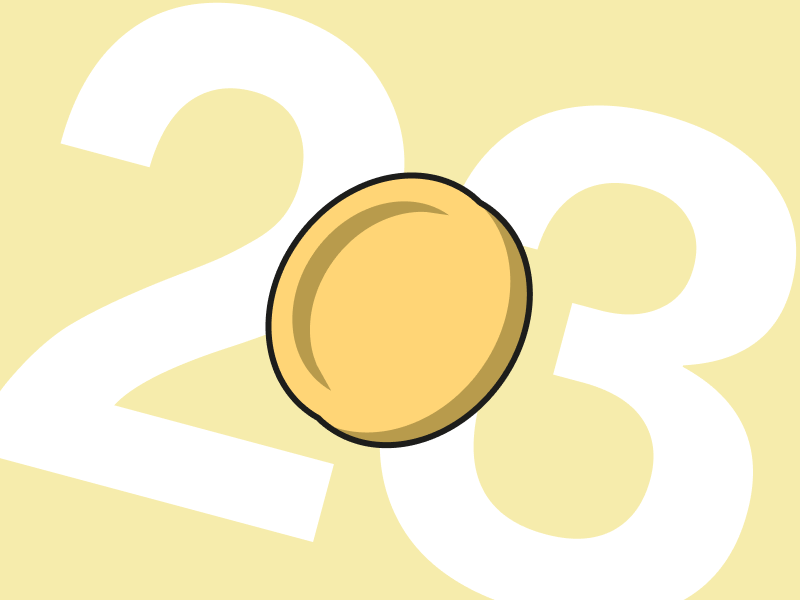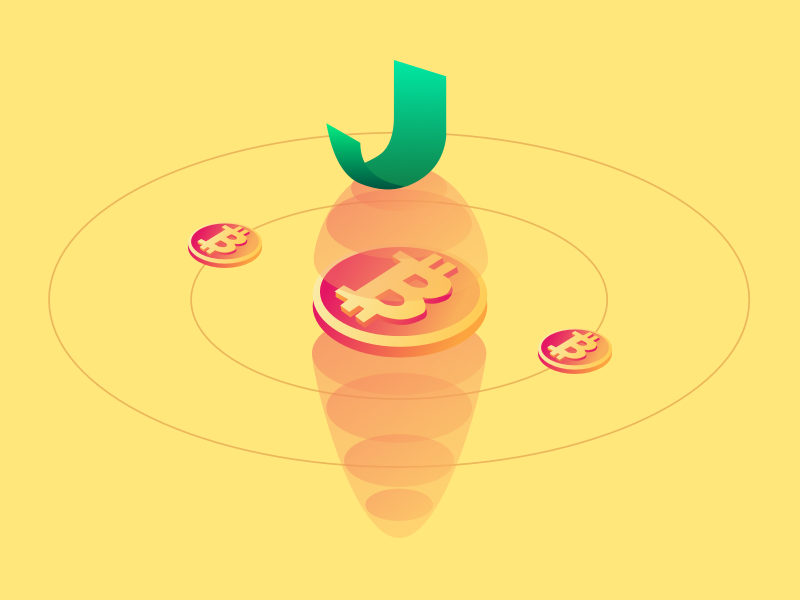4 Crypto Trading Techniques You Need to Know
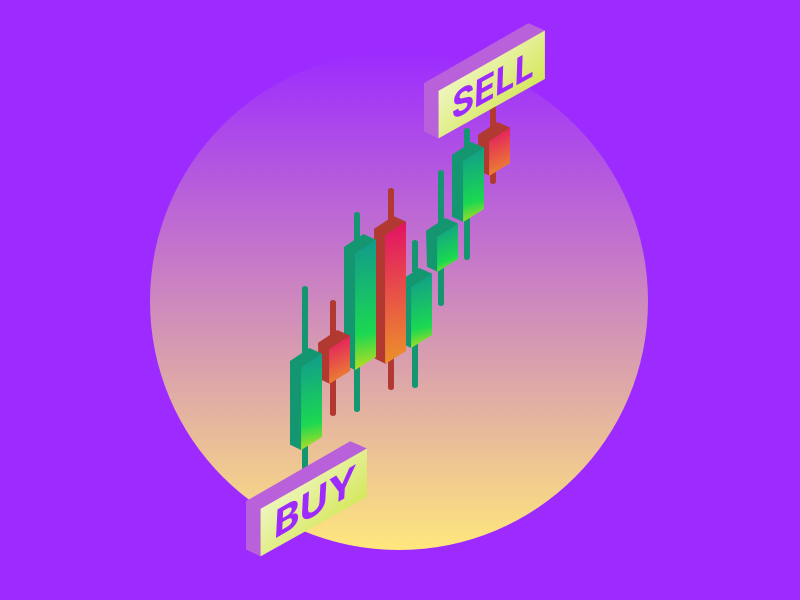
Many people are interested in trading crypto assets because of their extreme volatility. However, before you begin trading, it’s important to understand that there are a variety of crypto trading techniques and styles that you can choose, depending on your circumstances and scenario. Which one is right for you? Find out more in this article.
Article Summary
- 👩💻 There are four most common ways of trading, namely day trading, scalping, position trading and swing trading.
- 🚀 What distinguishes the four is the time gap between buying and selling assets to maximize profits.
- 📊 For example, day trading is suitable for those who can spend a lot of time observing the market.
- 📈 Meanwhile, for those who have limited time, position trading can be a more appropriate strategy.
1. Day Trading
Day trading is a trading method when a trader trades an asset within 24 hours only. Unlike stock exchanges, the crypto market opens 24 hours a day, so you can trade around the clock, all year round.
Day trading is a fairly aggressive trading technique by taking advantage of price volatility that changes in a matter of hours. This trading style carries a high level of risk, so it is more suitable for more experienced traders.
Traders must consider additional charges such as spreads, or the gap between the ask and offer price on the exchange. The amount of money set aside for day trading ideally should also be sufficient enough to ensure that the earnings made are significant.
💡 Day traders usually choose assets with a large market capitalization to trade. This is due to the vulnerability of changes in asset prices with small market capitalization to external factors such as news or tweets on social media, making them more difficult to analyze technically.
What needs to be prepared before day trading?
For beginners, starting day trading may feel very confusing. However, numerous strategies and tools can help you maximize your profits. Here are a few things to watch out for:
- Understand fundamental and technical analysis
Fundamental analysis is an analysis that considers basic aspects such as the usefulness of the crypto asset that you want to buy, the number of people who use it, and also the team behind the creation of the asset. Meanwhile, technical analysis means analyzing assets by predicting the future of the market based on data in the previous period. An understanding of technical analysis is needed to read and predict price trends.
One component of technical analysis is support and resistance levels. Support is when the downward trend in asset prices is expected to stop. Meanwhile, resistance is when the upward trend in asset prices is at its peak. A correct understanding of support and resistance is needed to maximize trading profits.
- Learn trading tools
Various trading tools can help you to perform technical analysis, one of the most widely used is TradingView. In TradingView, you can observe real-time charts of a wide selection of assets, and also apply various technical indicators to help you analyze price charts.
- Read daily news about crypto
The fluctuating price of crypto assets is also greatly influenced by daily news surrounding crypto. Using a special crypto news aggregator will help you to always update the latest crypto news. You can also get the latest news about crypto through the Pintu application which displays the latest selected news from various trusted crypto news platforms in the world.
Day trading example
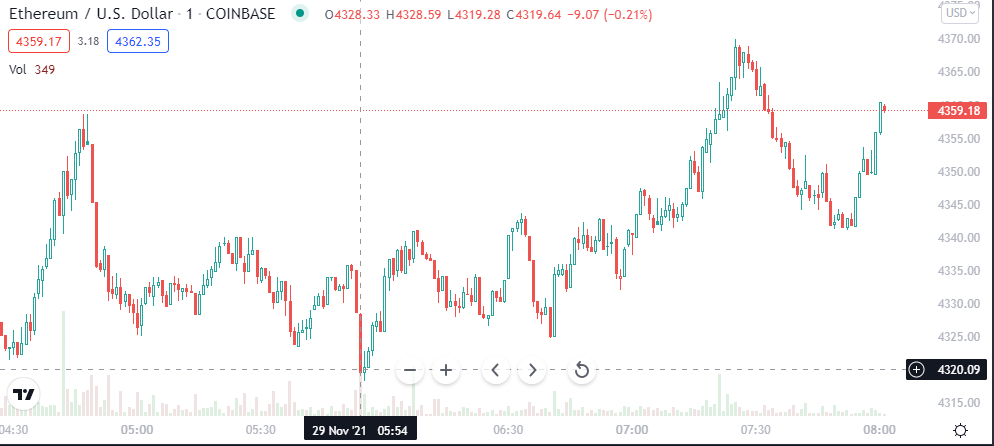
💡 For example, in the Ether price chart above, the price of ETH on November 29 at 05:54 was 4,320 US dollars. At 08.00 on the same date, the price has reached 4,351 US dollars.
This price increase in a matter of hours shows the potential profit that can be obtained when day trading, or buying and selling assets in a short time. Day traders should be able to read trendlines (price trending upwards on a chart), as well as support and resistance levels so that they can enter and exit the market at the right time, be it to take profits or prevent losses.
2. Scalping
Scalping is a one-day, short-term trading strategy that aims to profit from small price movements. While day traders are in and out of the market in a matter of hours per day, scalpers are more active and can trade in minutes. The idea is that accumulating small but frequent profits, will result in substantial profits at the end of the trading day.
Compared to day trading, scalping tends to focus more on technical analysis than fundamentals. Therefore crypto-asset scalpers will rely heavily on candlestick chart patterns, support and resistance levels, and other technical indicators, such as Bollinger Bands and Fibonacci Retracements.
Scalping example
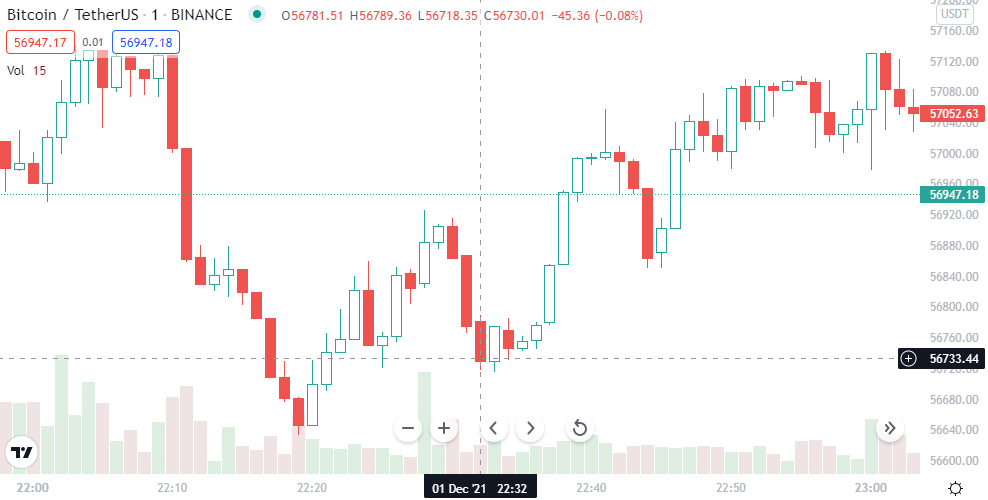
💡 For example, on the chart above, the price of bitcoin on December 1 at 22:32 was 56,760 US dollars. At 22:50 or about 18 minutes later on the same date, the price of BTC rose to 57,079 US dollars.
This price increase in a matter of minutes shows the potential profit that can be obtained when scalping. Just like day traders, scalpers must have the ability to analyze market trends in order to enter and exit at the right time, be it to take profits or prevent losses.
A crypto scalping strategy would not be complete without extensive use of chart indicators and in most cases, traders can also trade with bots. Scalping is a high-intensity trading strategy based on speed, so any tool that can be used to speed up the decision-making process will be useful.
3. Swing Trading
Swing trading is a way of trading that is similar to day trading but focuses on profiting from market trends over a longer period. One of the swing traders’ strategies is to identify assets that are not of high value but have the potential to increase in price in the future.
Swing traders also look for assets that are overvalued and are predicted to lose value soon. They will sell some of their assets at a high price, hoping to buy them back at a lower price.
As day traders, the average swing trader uses technical analysis and fundamental analysis in making decisions.
Swing trading example
In November 2021, Facebook announced the renaming of its parent company to Meta Platforms. This shift is in line with CEO Mark Zuckerberg’s vision for the Metaverse, a virtual world in which users may connect, mingle, and engage in activities ranging from entertainment to education.
This name change was followed by an increase in the price of metaverse crypto game tokens such as SAND, which is the token of The Sandbox, and MANA from Decentraland. Swing traders can take advantage of this opportunity, by buying the tokens during an upward trend and selling them when prices hit the highest levels.

💡 As seen on the chart above, the price of SAND token began to experience an upward trend on November 22, until finally increasing by more than 100% to 8.2 US dollars on November 25. Swing traders have the ability to read trends like this, so they can take advantage of the increase in the price.
4. What is position trading?
Position trading is a trading style by maintaining a crypto asset within a certain predetermined period, be it long or short. In position trading, investors can choose to hold on to assets on a daily, weekly or monthly basis, but for a longer period of time than day trading or swing trading. The hope is that the value of crypto assets will increase in a certain time.
Position traders usually make decisions to buy and sell assets using technical analysis, fundamental analysis, or a combination of both. They also rely on macroeconomic factors, general market trends, and historical price patterns to select investments in assets that they believe will increase in value.
Unlike day trading or day trading, this trading style is less time-consuming, as this type of trader usually doesn’t care about short-term price fluctuations, as well as daily news about cryptocurrencies.
Position trading example
Position trading is a more beginner-friendly strategy. The main reason is that there is no pressure to make fast-paced buying and selling such as day trading. Trading positions takes less time, unlike day traders, who require fast decision-making and more screen time. Here is an example of how to do position trading.
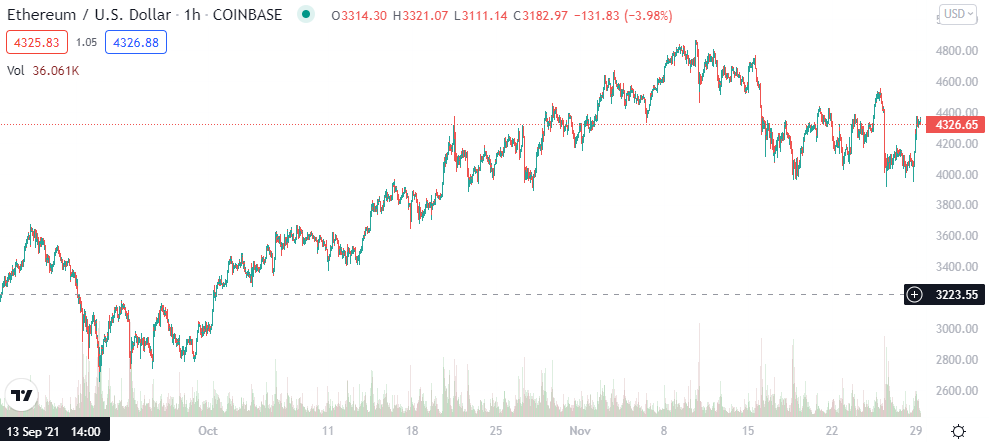
💡 As seen on the Ether (ETH) price chart above, the price of ETH rose from USD 3,223 in September 2021, to USD 4,236 at the end of November 2021. A price increase of up to 31% in less than three months shows the potential profit that a trader can get.
As a position trader, before determining the right time to buy and sell assets, you need to first pay attention to fundamental aspects. For example, information about plans for Ethereum ecosystem, or market trends such as increasing interest in non-fungible tokens (NFT), most of which transactions use ETH.
These factors can affect the price of ETH, and can be used as a reference to determine the right time to buy and sell assets.
Which trading strategy is right for you?
Before begin to trade and choose which style suits you, here are some things you need to consider and ask yourself first.
Do you already have in-depth knowledge and experience of the crypto market?
Those who try to trade without first learning the basics of the crypto market are often at a loss. A trader must be able to perform technical analysis and understand charts. Make sure you have a thorough understanding of the market and the asset you want to buy.
How many funds can you allocate for trading?
Traders should acquire and sell assets with money that they are willing to lose. This not only protects you from financial disaster, but it also helps you trade without emotion. To get the maximum benefit from daily price changes, as well as other costs including spreads, it is often necessary to use a large amount of capital.
How much time can you allocate for trading?
The next consideration is whether you plan to make a living by trading? Or do you just want to enjoy the benefits of investing assets in the crypto market? How much time are you able or willing to devote?
If it is not yet possible for you to devote most of your time to trading, then position trading may be suitable for you to try. But if you want to become a day trader, you must be prepared to devote most of your time to observe the market.
Disclaimer: The purpose of this article is solely to provide further information to the reader. Before investing, always conduct your own research.
Reference
- University of California, Davis. “Do Individual Day Traders Make Money? Evidence from Taiwan,” Page 9. Accessed Nov. 24, 2021.
- Ethereum rising: 3 reasons why ether’s price could soon break $3,000. Forkast. (2021, August 6). Retrieved November 24, 2021, from https://forkast.news/ethereum-rising-why-ethers-price-could-break-3000/
- Milton, A. (2020, December 29). Maximize your profits by choosing a trading style to suit you. The Balance. Retrieved November 24, 2021, from https://www.thebalance.com/choosing-a-trading-style-1031062
- What is scalping in crypto trading? Day Trading. (n.d.). Retrieved December 2, 2021, from https://www.daytrading.com/scalping/crypto
- About. TradingView. (n.d.). Retrieved November 29, 2021, from https://www.tradingview.com/about/
- Business Insider. (n.d.). These metaverse tokens are surging this week ahead of Sandbox’s gaming launch, and as buyers snap up virtual land. Business Insider. Retrieved December 1, 2021, from https://markets.businessinsider.com/news/currencies/metaverse-crypto-tokens-rise-sandbox-launch-virtual-land-sales-decentraland-2021-11
- Zucchi, K. (2021, November 20). 4 common active trading strategies. Investopedia. Retrieved November 24, 2021, from https://www.investopedia.com/articles/active-trading/11/four-types-of-active-traders.asp
Share
Next Article
For those who are new to the crypto world, it is not uncommon to wonder, is it true that crypto-assets can bring profit? What are the steps that should be taken by beginners? How do you get profit from crypto assets? Like any other investment instrument, investing in crypto assets is risky. However, of course, […]
Related Article
See Assets in This Article
BTC Price (24 Hours)
Market Capitalization
-
Global Volume (24 Hours)
-
Circulating Supply
-

